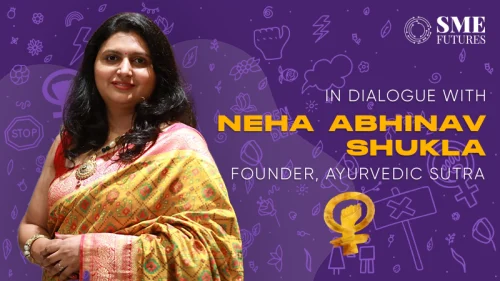Excitement over developments in Generative Artificial Intelligence (GAI) has exploded after the announcement of ChatGPT by OpenAI in November 2022. Enterprises and individuals across the world have started adopting it for enhancing productivity. However, a new AI divide is emerging.
Big corporations are rapidly embracing GAI, but smaller businesses are struggling to keep up, mostly due to a lack of awareness and resources. This leads to fears of an AI divide. But here’s the good news: low-cost and open-source GAI resources are levelling the playing field, giving SMEs the tools they need to start harnessing the power of AI. Let’s dive into how even the smallest businesses can use these tools to supercharge their HR functions, starting with a simple but powerful use case.
What is GAI and why should you care?
Generative AI, a subfield of AI, has taken the tech world by storm. Based on transformer models, which were first proposed by Google researchers in their groundbreaking 2017 paper “Attention is All You Need,” GAI models have evolved rapidly. These models can generate text, images, and audio in response to user prompts and have even advanced to handle multiple forms of data simultaneously. The term generative implies that the user can prompt the model with an input and the model will then generate a response. If you haven’t tried it yet, you can experience GAI firsthand with Google’s free Gemini model. For instance, ask Gemini, “What is the capital of India?” and it’ll reply, “The capital of India is New Delhi. It’s a fascinating city that’s both historic and modern, and it’s home to the Indian government.”
GAI models first have to be trained on extensive data and then they can be deployed on the cloud for inference and used by users through the web. Training large GAI models is very expensive, with costs running into millions of dollars, so only large companies are able to undertake this task. In turn inference costs can also be high. For example ChatGPT costs 20 $ per month for individual users. However, as I said earlier, SMEs now have the option of using low cost and open source resources.
GAI in HR: A game-changer for small businesses
Now that you have a basic understanding of GAI, let’s talk about how it can be a game-changer for your HR department. While large enterprises are deploying GAI across various functions, you don’t need to start big. In fact, beginning with a simple, practical application can help build confidence and demonstrate the value of GAI before scaling up. Let’s explore how a small business can deploy GAI in the recruitment process.
Simple yet effective use case: CV shortlisting
The recruitment process typically involves creating job descriptions, sourcing CVs, shortlisting candidates, conducting interviews, and issuing appointment letters. It’s a labour-intensive process, especially for HR teams that are already stretched thin. This is where GAI can step in to save the day. Imagine receiving hundreds of CVs for a single position—sifting through them manually is a tedious task. But with the summarisation functionality of large language models (LLMs), you can streamline the process.
How it works:
- Feed CVs to an LLM: Input all received CVs into an LLM for summarisation.
- Review summaries: Quickly go through the summarized CVs to identify the most promising candidates.
- Final selection: Take a closer look at the shortlisted CVs for final interview selection.
Let us see how well an LLM can summarise a CV. For example, I asked Google’s Gemini to summarise a 455-word CV of a software engineer, and it condensed it into just 85 words without losing key details. Impressive, right? However, for a real-world business application, we need to automate this process. Instead of manually copying and pasting, you could use a simple cloud-based app where you upload a batch of CVs and receive summarised versions. It’s affordable and efficient.
Ready to take the leap?
Inventor of revolver, Samuel Colt famously said, “Be afraid of no man, no matter what size. When trouble threatens, call on me, for I shall equalise.” Today, the open-source community is the great equaliser, offering SMEs powerful, free GAI models. The tools are there—now it’s up to you to seize the opportunity. Hopefully, this article has sparked some ideas and inspired you to explore the possibilities of GAI for your business.











